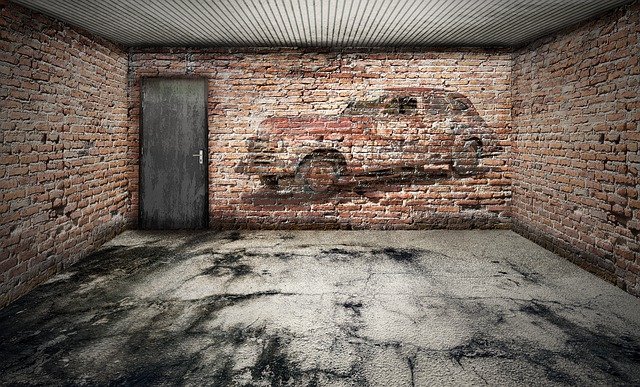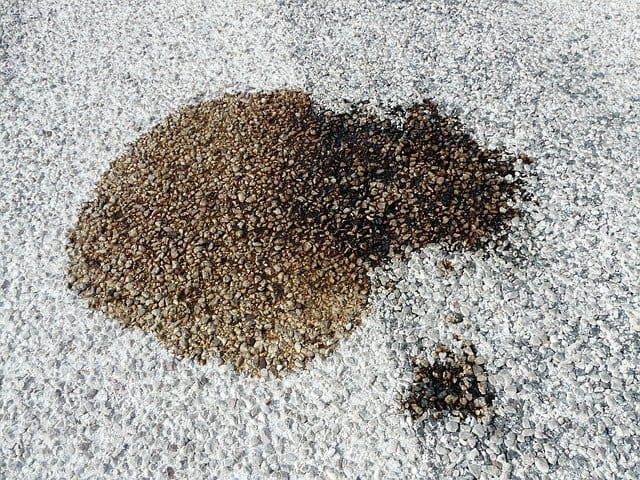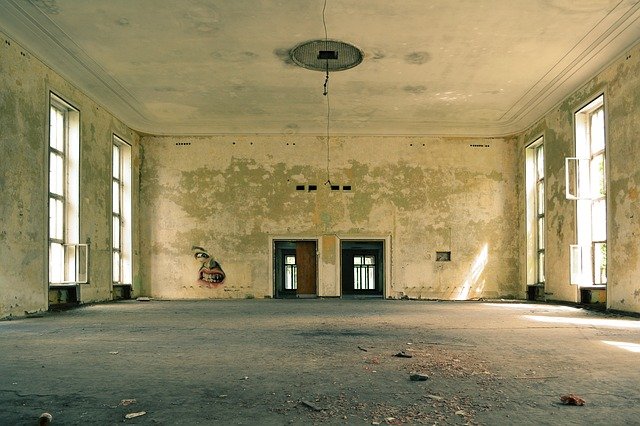Do You Need to Backroll after Spraying Ceiling?
If you’ve recently sprayed the ceiling in your home or are considering doing so, you might be wondering if backrolling is necessary after the spraying process.
In this article, we will delve into whether backrolling is required after spraying the ceiling, why it matters, and provide you with a comprehensive guide on achieving a professional-looking ceiling paint job.
Yes, backrolling is essential after spraying the ceiling. While spraying can help you cover large areas quickly and evenly, backrolling plays a crucial role in ensuring proper paint adhesion, removing air bubbles, and achieving a smooth and consistent finish. Without backrolling, you may end up with an uneven surface, visible streaks, or poor coverage, which can negatively impact the overall aesthetics of your ceiling.
To explain it simply, backrolling involves using a paint roller to go over the sprayed surface immediately after applying the paint with a paint sprayer. This technique helps to press the paint into the surface, ensuring better adhesion and a more even distribution of the paint.
Importance of Backrolling After Spraying Ceiling
Backrolling after spraying the ceiling is a crucial step in the painting process that shouldn’t be skipped. It serves several important purposes:
Improved Adhesion:
Backrolling helps the paint adhere better to the surface. When you backroll, the roller presses the paint into any pores or imperfections on the ceiling’s surface, ensuring better bonding between the paint and the substrate.
1. Eliminating Air Bubbles:
Spraying paint can sometimes introduce tiny air bubbles into the paint film. Backrolling helps to smooth out these bubbles, leading to a more even and uniform appearance.
2. Achieving Uniform Coverage:
Backrolling ensures that the paint is evenly distributed across the surface, reducing the risk of patchy or uneven areas.
3. Minimizing Drips and Runs:
When using a paint sprayer, there is a higher chance of overspray, drips, or runs. Backrolling allows you to catch and correct any of these issues quickly.
4. Enhancing the Finish:
By combining the techniques of spraying and backrolling, you can achieve a professional-looking finish that rivals the results achieved by experienced painters.
How to Backroll After Spraying Ceiling
To effectively backroll after spraying the ceiling, follow these step-by-step instructions:
1. Preparation:
Before you begin, ensure that the ceiling surface is clean, dry, and free from dust or debris. Cover the floor and furniture with drop cloths or plastic sheets to protect them from paint splatters.
2. Select the Right Roller:
Choose a high-quality roller suitable for the type of paint you are using and the texture of your ceiling. A 3/8-inch nap roller is a common choice for most ceiling surfaces.
3. Cutting In:
Begin by “cutting in” the edges of the ceiling using a paintbrush. This involves painting a border around the edges of the ceiling, usually about 2-3 inches wide, where the roller cannot reach easily.
4. Spray the Ceiling:
Once the cutting-in is complete, use a paint sprayer to apply the paint to the rest of the ceiling. Maintain a consistent distance from the surface to ensure even coverage.
5. Backroll Immediately:
While the sprayed paint is still wet, take the roller and gently go over the sprayed area in a single, continuous motion. Apply light pressure to avoid creating additional texture. Work in manageable sections, overlapping each stroke slightly.
6. Maintain a Wet Edge:
To achieve a seamless finish, make sure to keep a “wet edge” while backrolling. This means rolling into the unpainted area while the paint is still wet, preventing visible lines between the sections.
7. Work in Small Sections:
Complete the backrolling in small sections to avoid the paint drying too quickly, which could result in visible lines or uneven textures.
8. Check for Uniformity:
After backrolling the entire ceiling, step back and inspect the surface for any areas that may need touch-ups or additional backrolling to ensure a consistent finish.
Additional Tips and Considerations
Here are some additional tips and considerations to keep in mind when backrolling after spraying the ceiling:
- Quality of Paint and Tools: Use high-quality paint and rollers to achieve the best results. Cheaper paints and rollers may not provide the level of adhesion and coverage needed for a flawless finish.
- Test in an Inconspicuous Area: Before spraying and backrolling the entire ceiling, conduct a test in a small, inconspicuous area to ensure you are satisfied with the technique and the appearance of the paint.
- Practice Makes Perfect: If you’re new to painting or using a paint sprayer, consider practicing on a scrap piece of drywall or cardboard to get comfortable with the equipment and technique before tackling the actual ceiling.
Q1: Is Backrolling Necessary for All Types of Ceiling Paint?
The necessity of backrolling after spraying the ceiling can depend on the type of paint you are using and the surface’s texture.
While it is generally recommended for most types of paint, some specialized ceiling paints, such as certain low-sheen or self-leveling varieties, may not require backrolling. Always follow the manufacturer’s guidelines and product recommendations for the best results.
Q2: Can I Backroll Over a Previously Sprayed Ceiling?
Yes, you can backroll over a previously sprayed ceiling if you are repainting or touching up the surface. Ensure that the existing paint is still in good condition and adhering well to the surface.
If necessary, lightly sand any flaking or peeling areas before applying the new paint. Backrolling will help blend the new paint with the existing one, providing a seamless finish.
Conclusion
In conclusion, backrolling is an essential step in achieving a professional-looking finish when spraying the ceiling.
By understanding the importance of backrolling and following the right techniques, you can ensure better adhesion, eliminate air bubbles, achieve uniform coverage, and enhance the overall finish of your ceiling paint job.
Remember to choose the right paint and tools, practice before starting, and always follow the manufacturer’s recommendations. With these tips, you can confidently take on your ceiling painting project and create a stunning and flawless result that adds beauty and value to your home.





